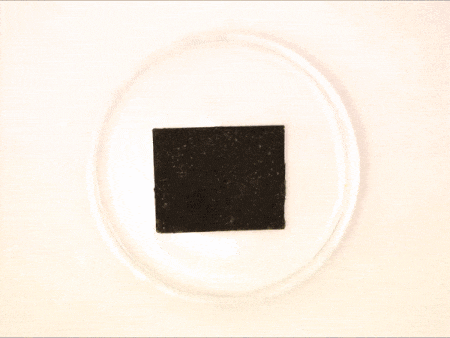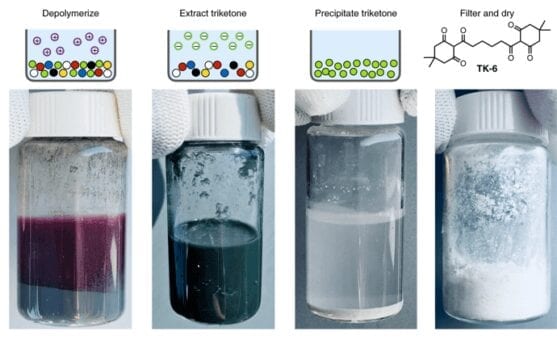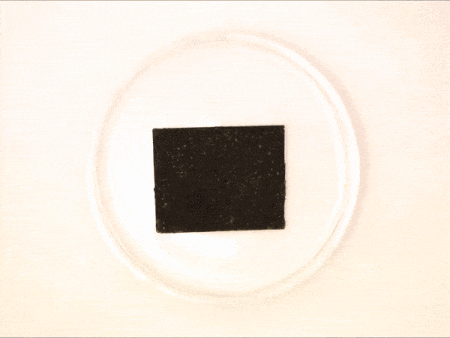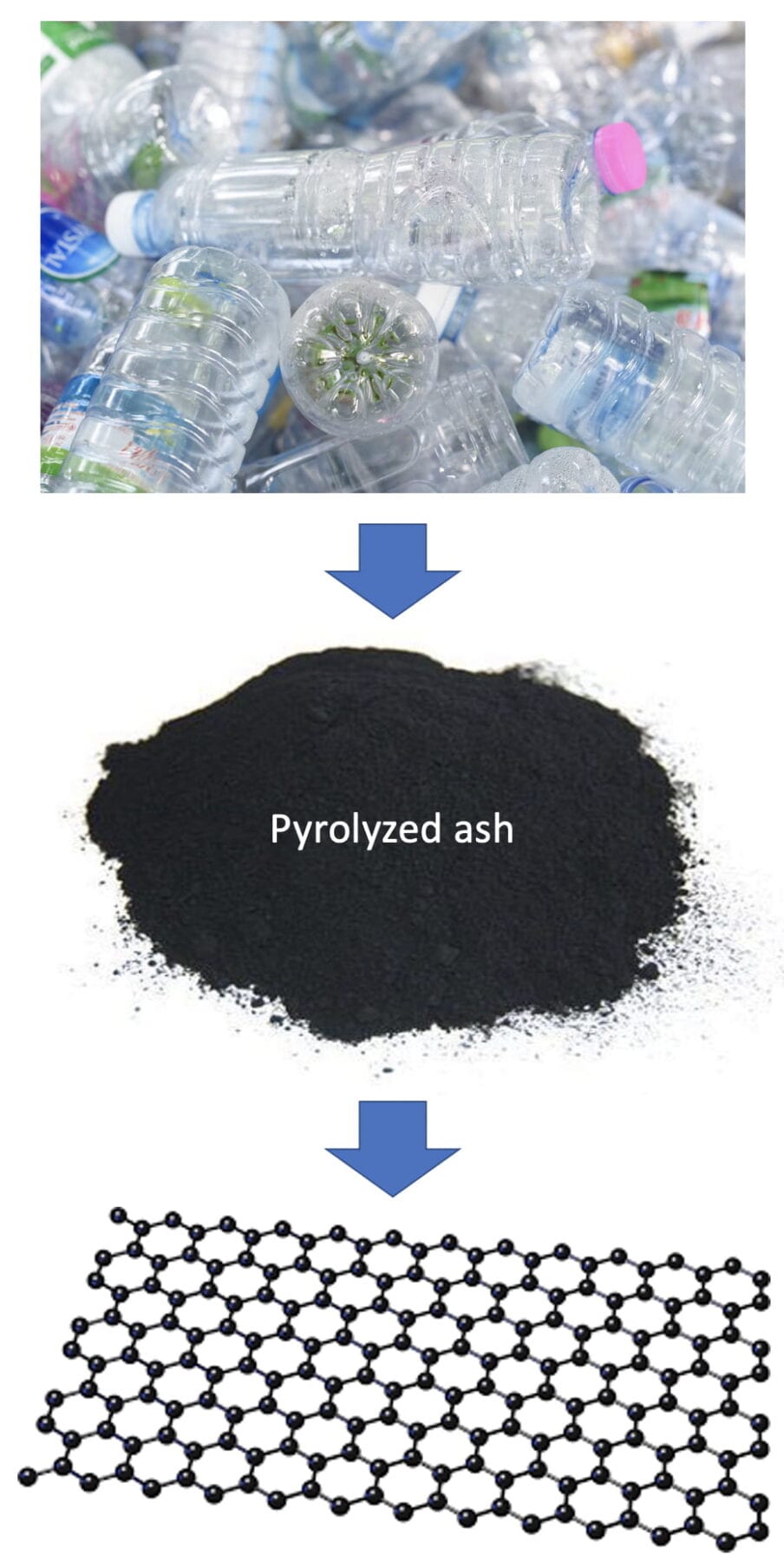This inheritance of unknown and therefore unpredictable properties has prevented plastic from becoming what many consider the Holy Grail of recycling: a “circular” material whose original monomers can be recovered for reuse for as long as possible, or “upcycled” to make a new, higher quality product.
So, when a reusable shopping bag made with recycled plastic gets threadbare with wear and tear, it can’t be upcycled or even recycled to make a new product. And once the bag has reached its end of life, it’s either incinerated to make heat, electricity, or fuel, or ends up in a landfill, Helms said.
“Circular plastics and plastics upcycling are grand challenges,” he said. “We’ve already seen the impact of plastic waste leaking into our aquatic ecosystems, and this trend is likely to be exacerbated by the increasing amounts of plastics being manufactured and the downstream pressure it places on our municipal recycling infrastructure.”
Recycling plastic one monomer at a time
The Latest on: Next-generation plastic
[google_news title=”” keyword=”next-generation plastic” num_posts=”10″ blurb_length=”0″ show_thumb=”left”]
via Google News
The Latest on: Next-generation plastic
- INSIGHT KANSAS: Plastic bags test home rule more than environmenton April 28, 2024 at 2:15 am
Two weeks ago, Kansas Governor Laura Kelly vetoed the “plastic bag” bill, stunningly without a single reference to preserving the environment, spoiling waterways, toxicity of microplastics in our ...
- Arrow Electronics Supports Next Generation of Inventors Through FIRST(R) Robotics Competition Sponsorshipon April 24, 2024 at 11:15 am
CENTENNIAL, CO / ACCESSWIRE / April 24, 2024 / More than 1,200 student inventors showcased their creativity and engineering skills in the First® Robotics Colorado Regional Competition, sponsored by .
- Starbucks Introduces Next-Generation Disposable Cups for Cold Drinks, Pledges to Reduce Plastic Wasteon April 23, 2024 at 6:13 am
Starbucks’ newly invented disposable cups for cold beverages. (Photo=Starbucks/AP) After four years of research, Starbucks has unveiled a new disposable cup that reduces plastic use by up to 20%.
- Purified debuts ‘zero-plastic’ Abaca shoeon April 22, 2024 at 10:49 am
Purified has launched Abaca, which it says is a "breakthrough zero-plastic" shoe crafted with next-generation biomaterials.
- Meet 13-Year-Old ‘No Plastic Ninja,’ Who Has Written a Book and Is on a Mission to Change Law (Exclusive)on April 22, 2024 at 7:00 am
Colorado eighth-grader Madhvi Chittoor has become a one-girl army fighting to raise awareness on the perils of plastic pollution — and convince policymakers to enact laws to create laws to curb usage.
- Plastic pollution kills ocean embryos during developmenton April 21, 2024 at 10:52 am
Plastic pollution poses a threat to an incredible diversity of marine life by disrupting the balance of ocean ecosystems and its embryos.
- Watch: The Bahamas Plastic Movement storm the beach for Earth Dayon April 19, 2024 at 3:00 am
The Weather Channel shines a light on The Bahamas Plastic Movement, a grassroots collective dedicated to the cleaning of Bahamian The post Watch: The Bahamas Plastic Movement storm the beach for ...
- Critical negotiations on plastic pollution begin next weekon April 18, 2024 at 12:30 am
That is the message from officials ahead of “pivotal” talks next week on a legally binding global instrument to end plastic pollution. Delegates from 174 countries are expected to gather in the ...
- How Cabinet Health Is Pioneering Sustainable Healthcare, One Plastic-Free Pill Bottle At A Timeon April 17, 2024 at 6:01 am
Cabinet Health is on a mission to reduce single-use plastic from healthcare and they have found like-minded partners in major companies such as Target, CVS and McKesson.
- Is plastic pollution threatening ocean life?on April 17, 2024 at 3:59 am
Plastic pollution could be hurting the delicate development of ocean animal embryos, scientists have conducted a study looking into this issue ...
via Bing News














